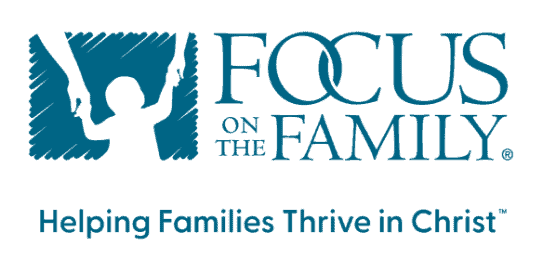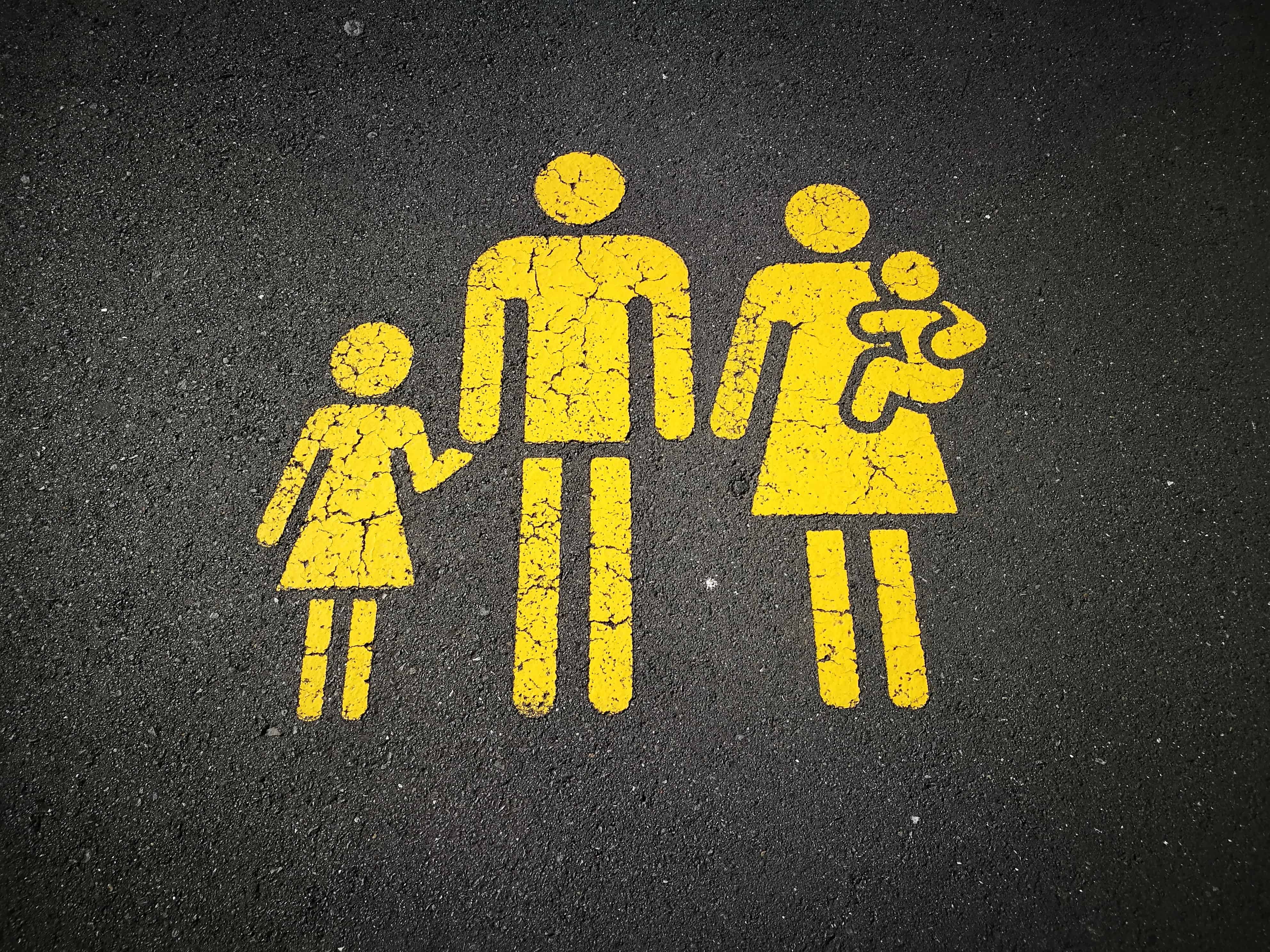The New Family Structure Study (NFSS) suggests notable differences on many outcomes do, in fact, exist [between same-sex, intact-married, and biological homes]. This is inconsistent with claims of ‘no differences’ generated by studies that have commonly employed far narrower samples than this one.”
Compared with off-spring from married, intact mother/father homes, children raised in same-sex homes are markedly more likely to…
- Experience poor educational attainment
- Report overall lower levels of happiness, mental and physical health.
- Have impulsive behavior
- Be in counseling or mental health therapy (2xs)
- Suffer from depression (by large margins)
- Have recently thought of suicide (significantly)
- Identify as bisexual, lesbian or gay
- Have male on male or female on female sex partners (dramatically higher)
- Currently be in a same-sex romantic relationship (2x to 3x more likely)
- Be asexual (females with lesbian parents)
- As adults, be unmarried; much more likely to cohabit
- As adults, more likely to be unfaithful in married or cohabiting relationships
- Have a sexually transmitted infection (STI)
- Be sexually molested (both inappropriate touching and forced sexual act)
- Feel relationally isolated from bio-mother and -father (Although lesbian-parented children do feel close to their bio-mom – not surprisingly – they are not as close as children with a bio-mom married to father)
- Be unemployed or part-time employed as young adults
- As adults, currently be on public assistance or sometime in their childhood
- Live in homes with lower income levels
- Drink with intention of getting drunk
- To smoke tobacco and marijuana
- Spend more time watching TV
- Have frequency of arrests
- Have pled guilty to minor legal offense
Fuller Analysis of Specific NFSS Findings
This first article from Professor Mark Regnerus’ (Professor of Sociology, University of Texas, Austin) New Family Structures Study (NFSS) is published in Social Science Research. It is accompanied by published responses from mainstream sociologists, which while critical of a few important points – as academics always are – they are generally in praise of his methodology as well as his unique and needed ground-breaking contribution to the literature on the topic of same-sex parenting. This is key and will go far to rebut the activist’s severe, but largely base-less criticisms.
Strengths and Importance of the NFSS
- Regnerus did a remarkably masterful job to be hyper-balanced and guarded in his statements and conclusions.
- The study issues from the highly regarded Population Research Center at UT Austin and its methodology was reviewed pre-start by academic sociological and demographic peers from five different leading American universities.
- This study is absolutely peerless in the strength of its population sample, both in size and representativeness. (It is not longitudinal though.) All the other existing studies on same-sex parenting – 99.999% examining only lesbian-headed homes – have such miniscule and severely non-representative populations that no substantive conclusions can really be drawn from them. One leading family sociologist – Paul Amato (Penn State) – bluntly referred to the existing studies’ statistical strength as “feeble”. Regnerus’ study is the first to use a large, nationally representative population sample. In fact, the NFSS is the largest population sample examining same-sex homes, asking this breadth of questions of respondents.
- Regnerus introduces the study by carefully explaining the serious methodological problems endemic in the current literature on this topic in careful detail. (Nearly all of which are done by noted activist lesbian scholars.)
- He is primarily addressing what he calls the “no difference” thesis that is presented in the existing gay family literature and has become a near truism in the current public discussion. This refers to the so-called finding of no differences found between same-sex and mom/dad families.
Important Conclusions from the NFSS
Although there are varying numbers, Regnerus finds that 99,000 is the most reliable general figure for how many same-sex headed homes in America have children present. The overwhelming majority of these are in lesbian homes. (SSM proponents typically offer wildly higher numbers to argue the mainstream nature of such homes.)
Below are a sampling of Regnerus’ conclusive statements of his study outcomes:
- The NFSS “suggests that notable differences on many outcomes do in fact exist. This is inconsistent with claims of ‘no differences’ generated by studies that have commonly employed far more narrow samples than this one.”
- “But this study, based on a rare, large probability sample, reveals far greater diversity in experience of lesbian motherhood (and to a lesser extent, gay fatherhood) than has been acknowledged or understood.”
- “Nevertheless, to claim that there are few meaningful statistical differences between the different groups evaluated here would be to state something that is empirically inaccurate.” [different groups examined are lesbian, gay, married intact bio-, hetero-, step-, divorced, and single-parent families]
Specific numbers on the important and significant differences the NFSS are as follows:
Family Instability
- The NFSS as well as other studies conducted by lesbian activist scholars, find that lesbian relationships are dramatically more likely to break up than those in heterosexual homes. This is true even in parts of the world that are highly affirming of same-sex relationships.Gunnar Andersson, et al., “The Demographics of Same-Sex Marriages in Norway and Sweden,” Demography 43 (2006): 79-98 And the research is very clear that family instability has a dramatic negative impact on the well-being of children.Paula Fomby and Andrew J. Cherlin, “Family Instability and Child Well-Being,” American Sociological Review, 72 (2007): 181-204; Hyun Sik Kim, “Consequences of Parental Divorce for Child Development, American Sociological Review, 76 (2011) 487-511.
Public Assistance Dependence
- On public assistance at some time in childhood: Lesbian (69%), gay (57%) and mom/dad (17%) (“mom/dad” throughout indicate intact, married bio-parented homes)
- Currently on public assistance as young adults: Lesbian (38%), gay (23%), mom/dad (10%)
Employment as Young Adults
- Unemployed: lesbian (28%), gay (20%), mom/dad (8%)
- Full-time employed, currently: lesbian (26%), gay (34%), mom/dad (49%)
Voting
- Young adults voted in 2008 Presidential election: lesbian (41%), gay (73%), mom/dad (57%) (Note: this is the only instance where gay higher than mom/dad)
Child In Counseling or Therapy / Mental Health
- Recently/currently in therapy: lesbian (19%), gay (19%), mom/dad (8%)
- Recently thought of suicide: lesbian (12%), gay (24%), mom/dad (5%)
Sexual Identity and Practice of Children
- Identify solely as heterosexual: lesbian (61%), gay (71%), mom/dad (90%)
- Currently in ss romantic relationship: lesbian (7%), gay (12%), mom/dad (4%)
[These findings in agreement with many studies conducted by gay activist scholars.] Nanette K. Gartrell, Henny M. W. Bos and Naomi G. Goldberg, “Adolescents of the U.S. National Longitudinal Lesbian Family Study: Sexual Orientation, Sexual Behavior, and Sexual Risk Exposure” Archive of Sexual Behavior, 40 (2011):1199-1209, p. 1199; Timothy J. Biblarz and Judith Stacey, “How Does the Gender of Parents Matter?” Journal of Marriage and Family 72 (2010): 3-22, p. 15; Fiona L. Tasker and Susan Golombok, Growing Up in a Lesbian Family: Effects on Child Development, (The Guilford Press, 1997), p. 111.
- NFSS explains, “the children of lesbian mothers seem more open to same-sex relationships.
- Asexual: female, lesbian parents (4%), female, mom/dad (0.5%).
- Unfaithful as adult while married/cohabiting: lesbian (40%), gay homes (25%), mom/dad homes (13%)
- Same-sex sexual activity: Substantially higher for offspring from both lesbian and gay parented homes.
- Opposite-sex sexual activity: Markedly higher for offspring from lesbian and gay households
Sexual Health and Safety
- Ever had an STI: lesbian (20%), gay (25%), mom/dad (8%)
- Ever been touched sexually by parent or adult: lesbian (23%), gay (6%), mom/dad (2%)
- Ever forced to have sex against will: lesbian (31%), and gay (25%), mom/dad (8%)
[Regarding home where the child might have been victimized, Regnerus explains, “there is no obvious trend to the timing of first victimization and when the respondent may have lived with their biological father or their mother’s same-sex partner.]
Own Adult Families
Adult children of three different parented-type homes are…
- Currently Married: lesbian (36%), gay (35%), mom/dad (43%)
- Currently Cohabiting: lesbian (36%), gay (35%), mom/dad (9%) (These vast differences are quite significant for well-being in that cohabitation homes are consistently shown to be markedly poorer in all measures of personal and relational health!)Glenn T. Stanton, The Ring Makes All The Difference: The Hidden Consequences of Cohabitation and the Strong Benefits of Marriage, (Moody Publishers, 2011).
Number of Differences Found Between Intact, Married Mother/Father Homes
And the Various Family Forms Examined by NFSS
Over all, lesbian-parented, hetero-step, hetero-single all showed significantly more differences than mom/dad-raised children. Gay-parented children showed fewer (but still substantive) differences in contrast with mom/dad kids.
Concerning the difference in measures contrasted with mom/dad homes, lesbian homes are more similar to step- and single-parented hetero homes. This is a key finding because decades of research (as well as the findings here) show these two hetero-family forms are dramatically more likely than mom/dad homes to be associated with a higher number of seriously harmful outcomes for the children of those homes. In fact, noted Rutgers sociologist, David Popenoe, said that based on the serious negative outcomes from such families, we should do all we can to make sure that step-families become rare.
Regnerus explains that the fewer differences between the mom/dad and gay-parented homes may or may not be due to the much smaller sample size of gay fathers, as well as the significantly fewer children (nearly half) in the study population who lived with their gay father and his partner, compared with those who lived with their mother and her lesbian partner.
The curiosity of the “no difference” claim regarding same-sex homes
Given the findings – from the existing lesbian activist studies – that children from same-sex homes do as well or better than kids raised in married mother/father homes, Regnerus explains:
“In short, if same-sex parents are able to raise children with no differences, despite the kin distinctions, it would mean that same-sex couples are able to do something that heterosexuals in step-parenting, adoptive and cohabiting contexts have themselves not been able to do – replicate the optimal childrearing environment of married, biological-parent homes.”
This reliable data indicates that same-sex parenting outcomes do not look anything like those from intact, married mother and father families. They look like other family forms that our current family experimentation has created over the last forty years and are shown to markedly hinder child-development.
Glenn T. Stanton is the Director of Global Family Formation Studies at Focus on the Family in Colorado Springs, CO and the author of Secure Daughters, Confident Sons: How Parents Guide Their Children Into Authentic Masculinity and Femininity and The Ring Makes All the Difference.


















